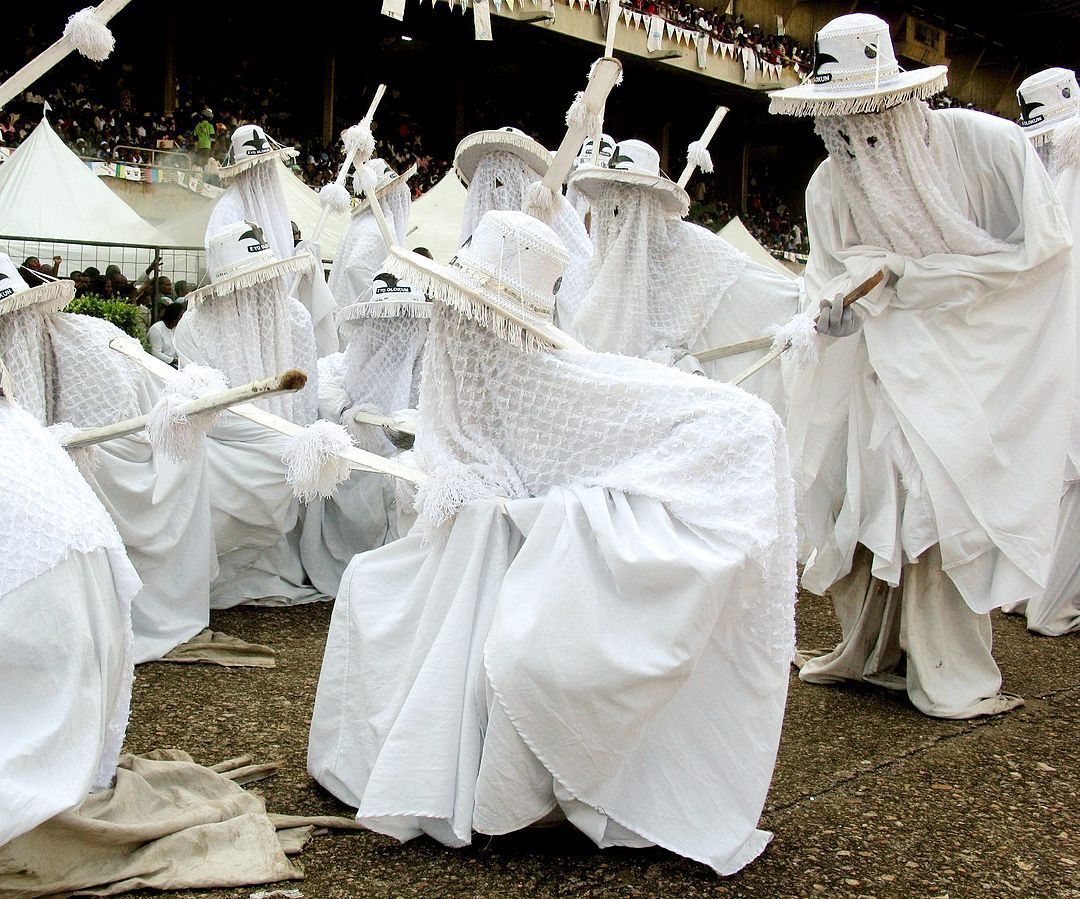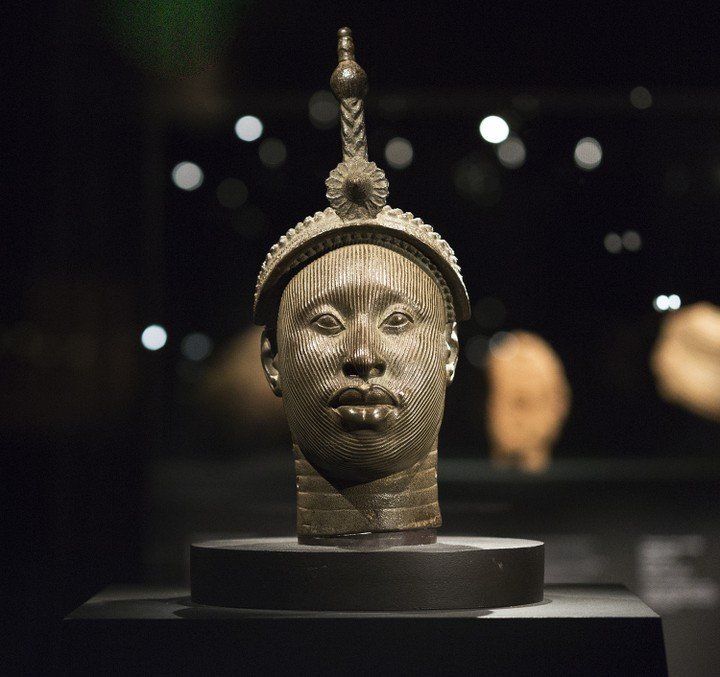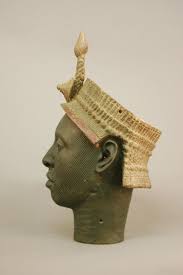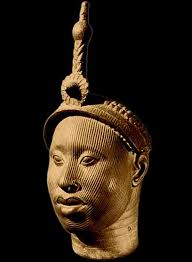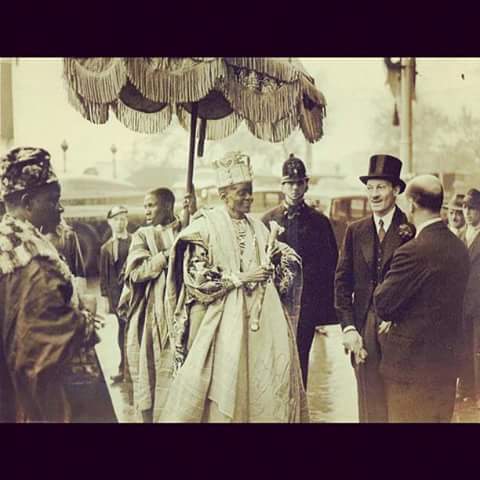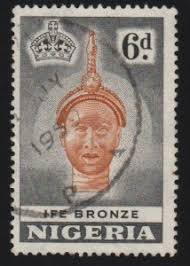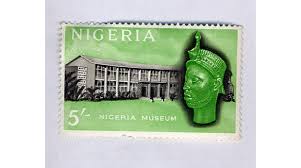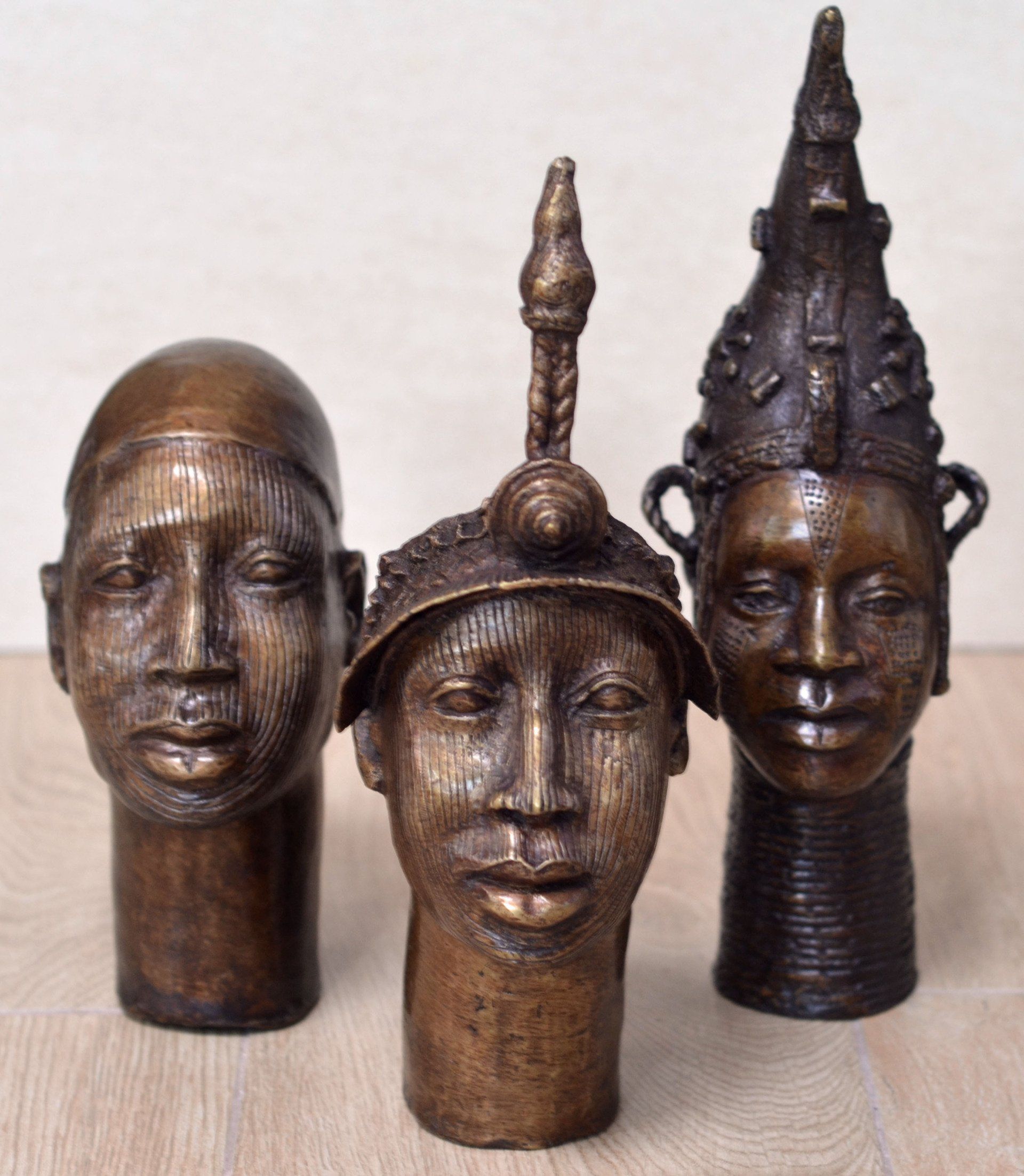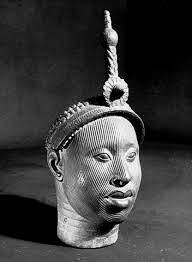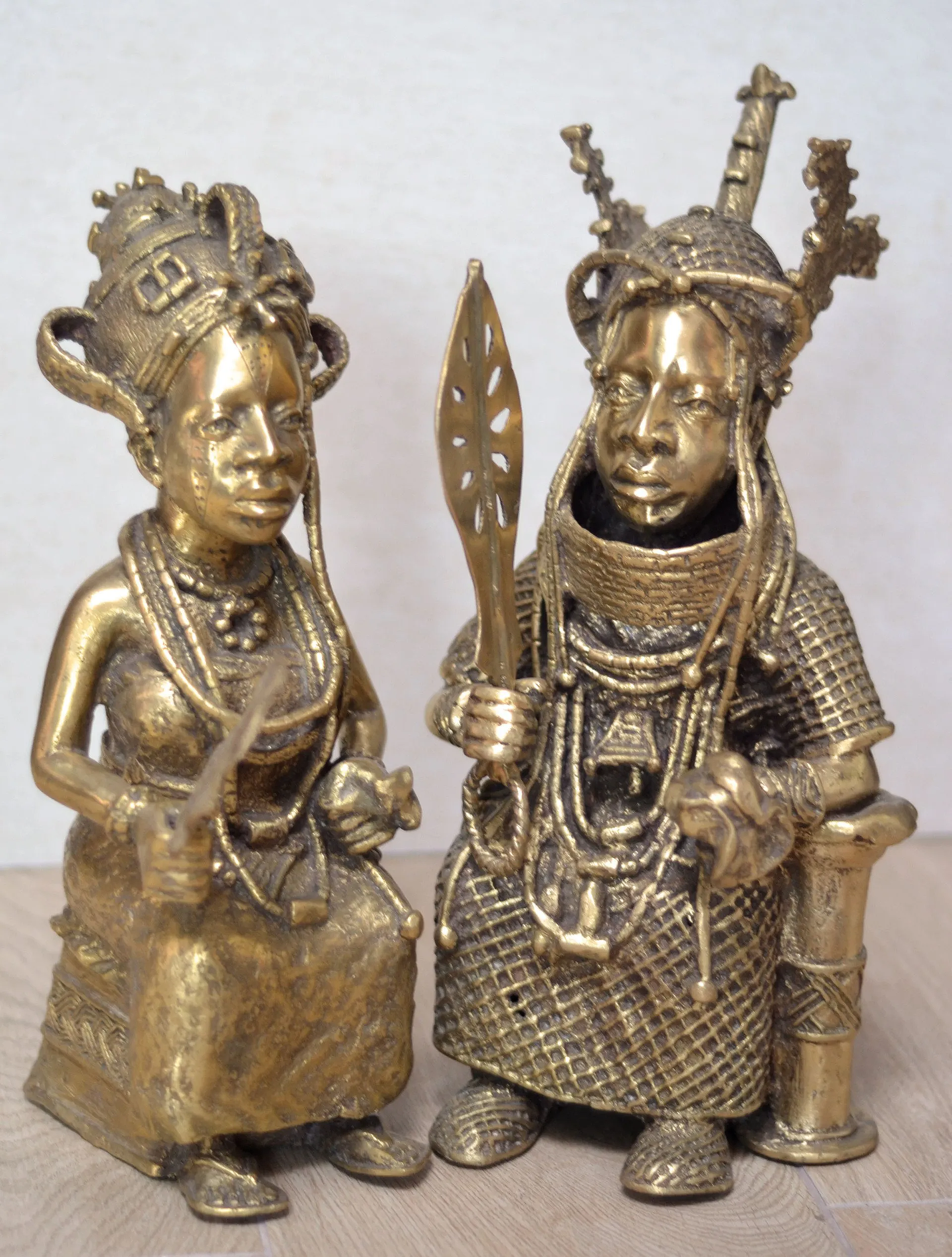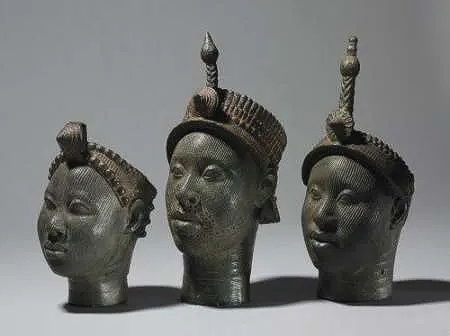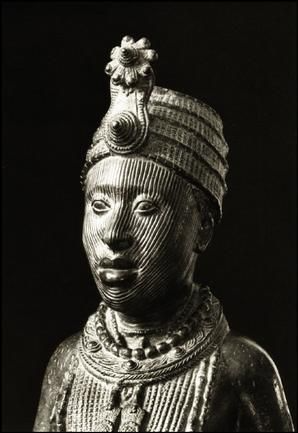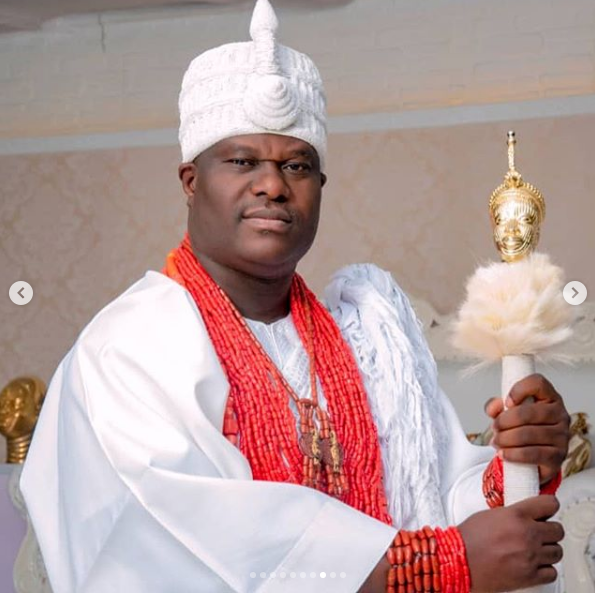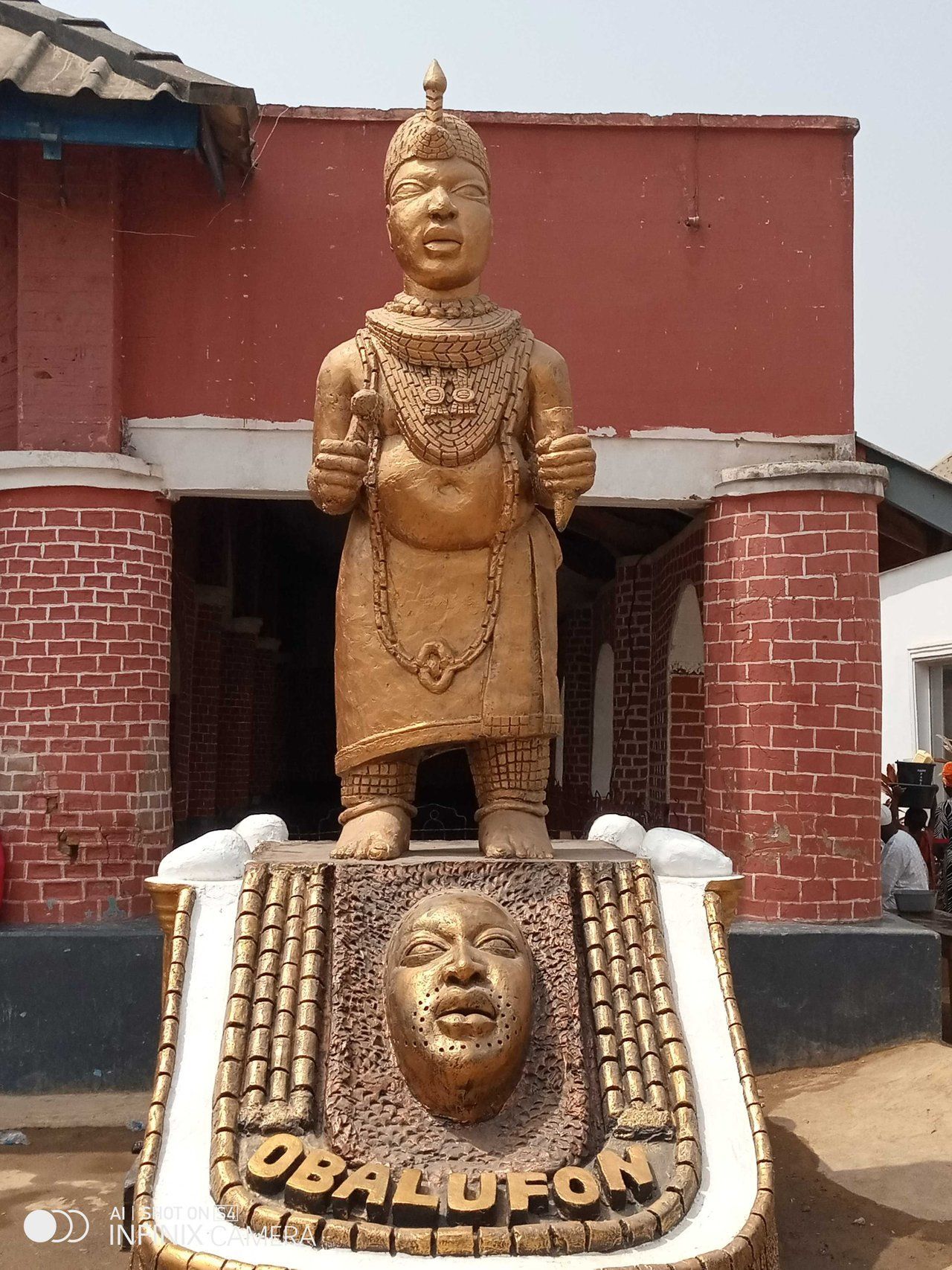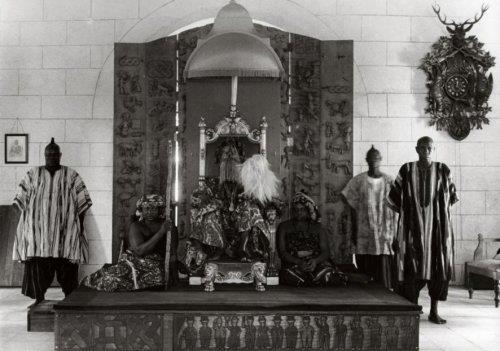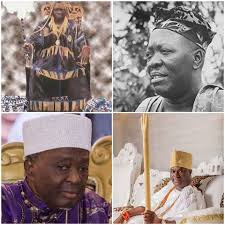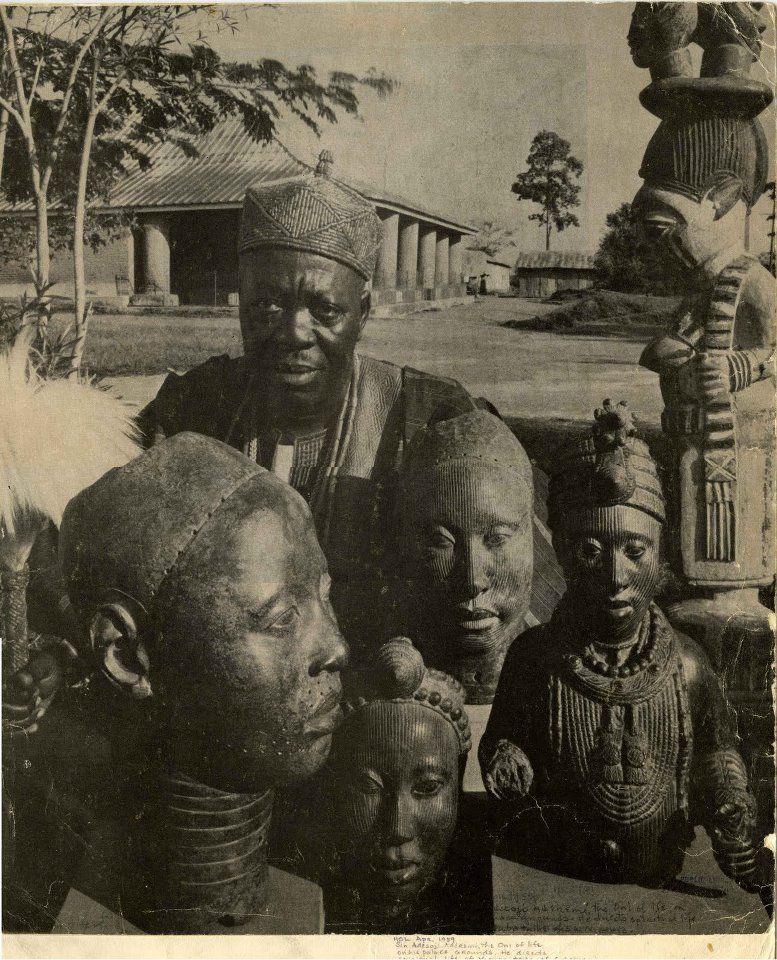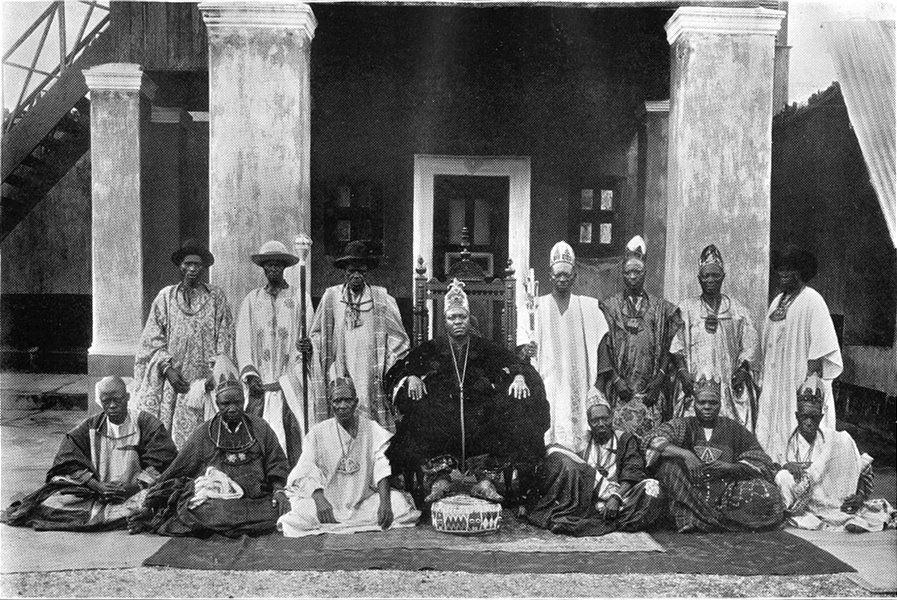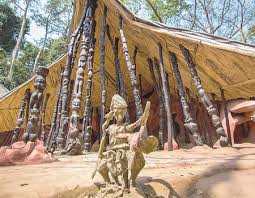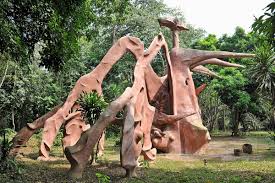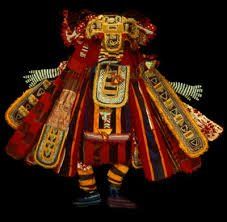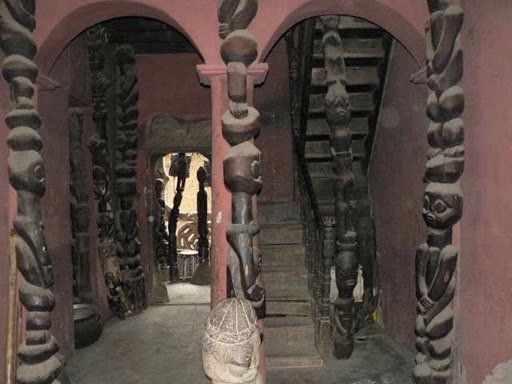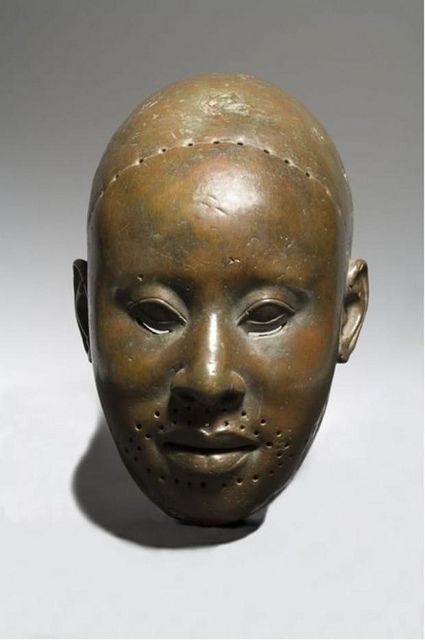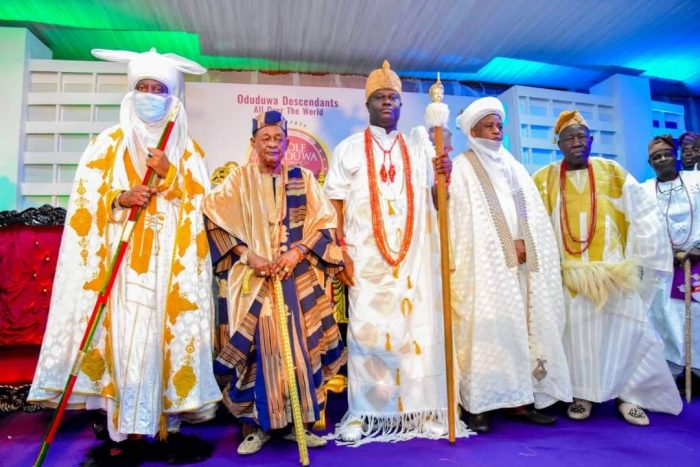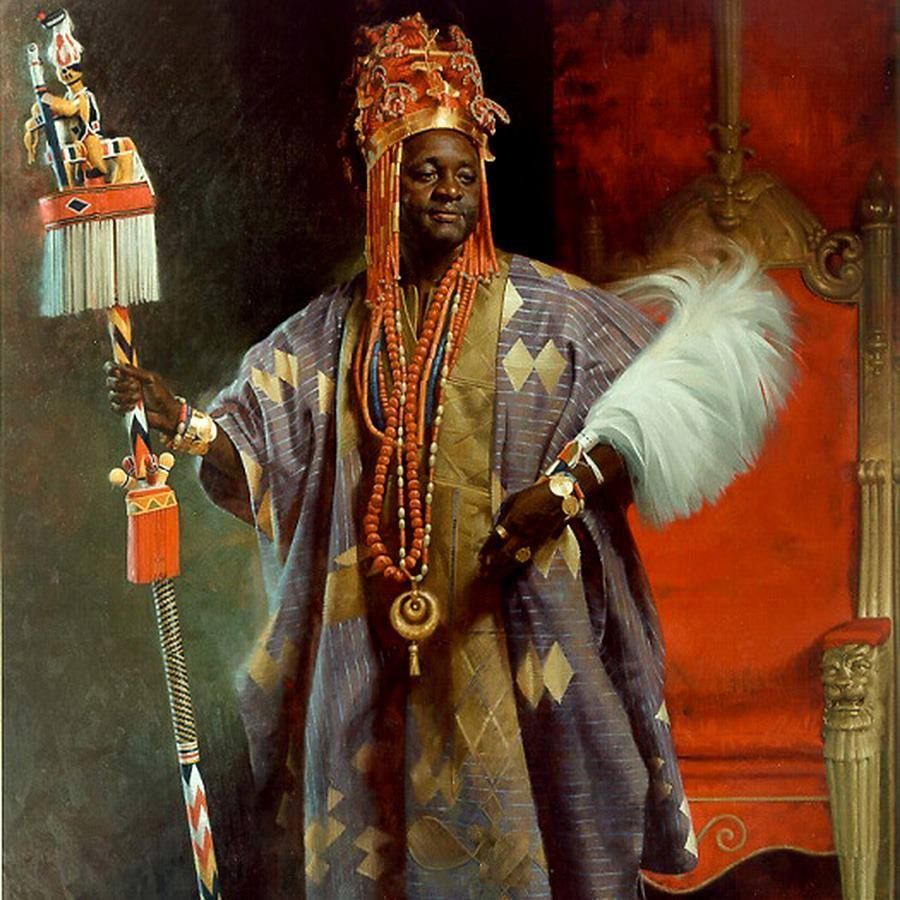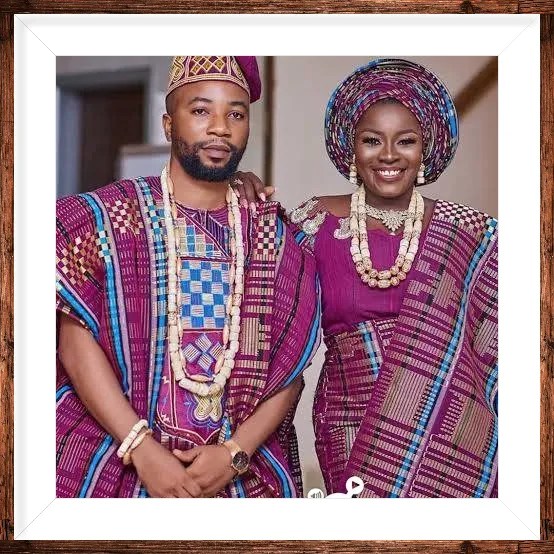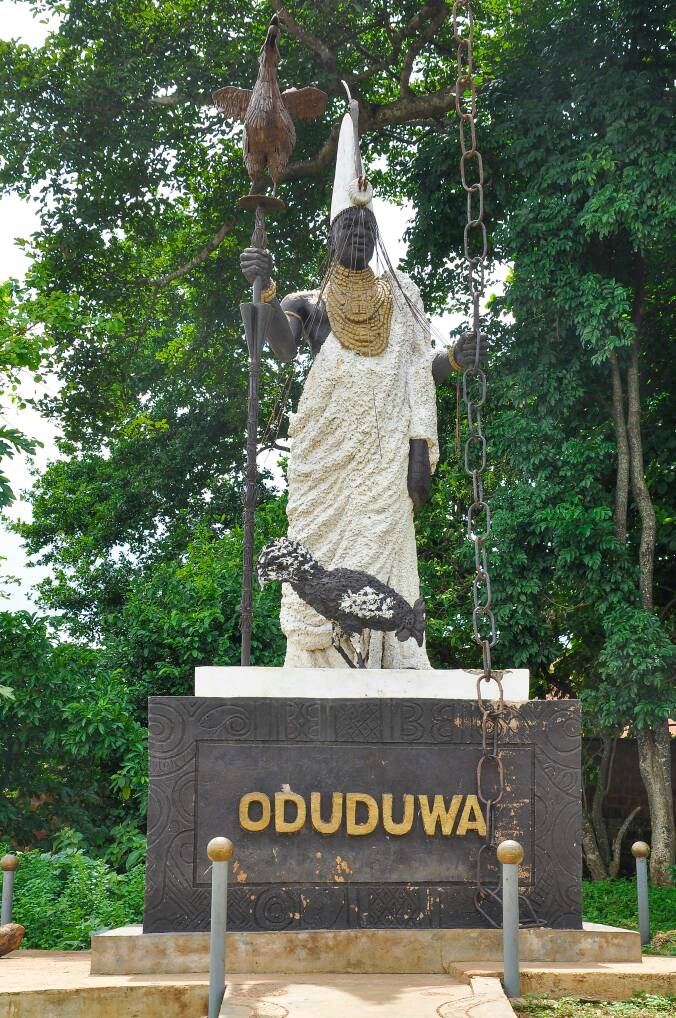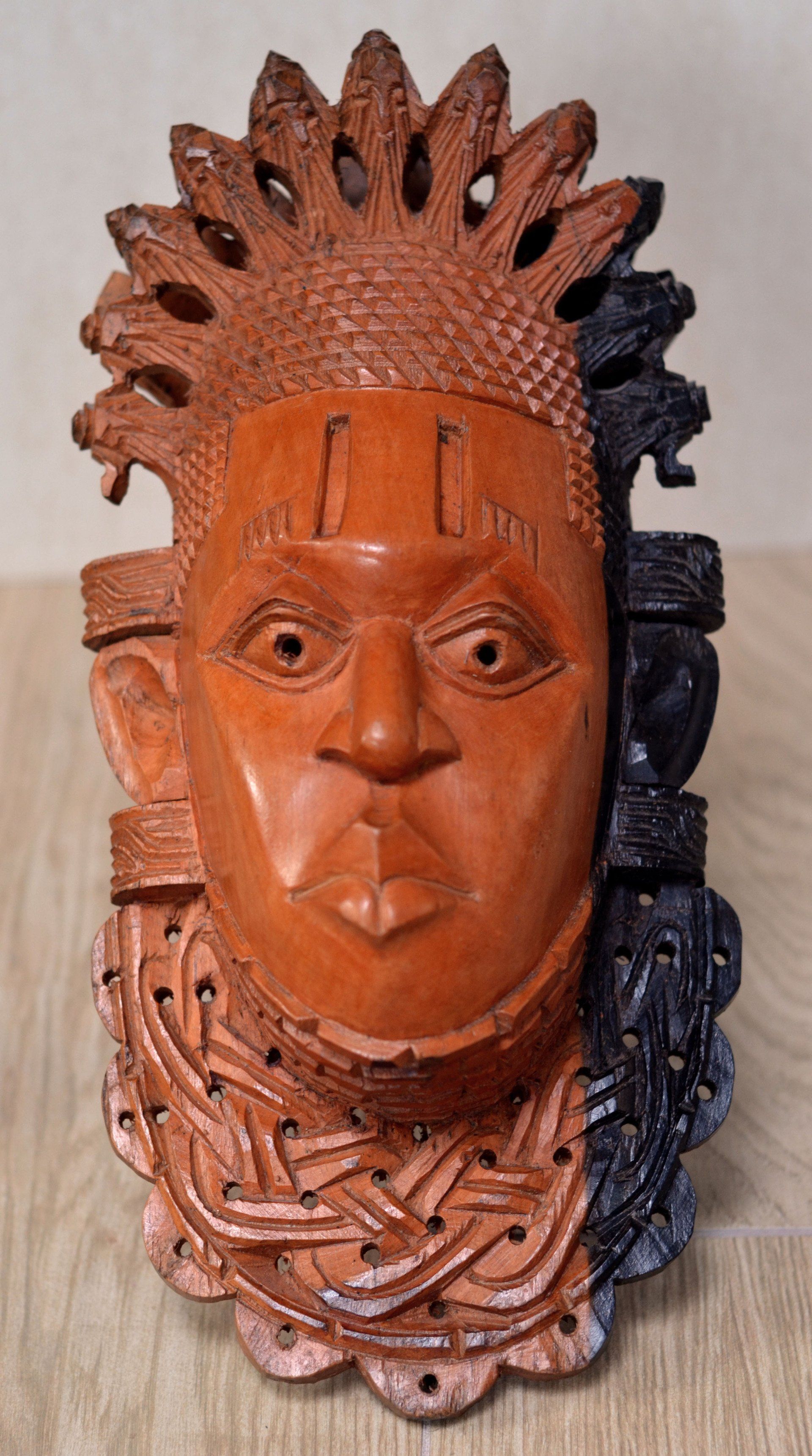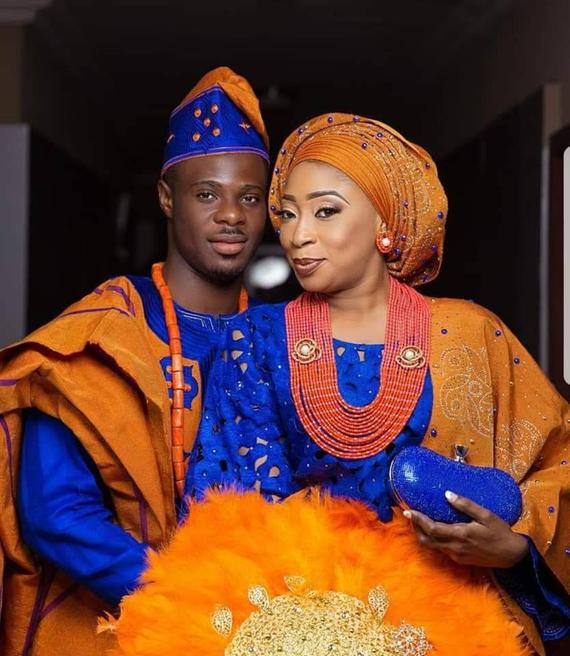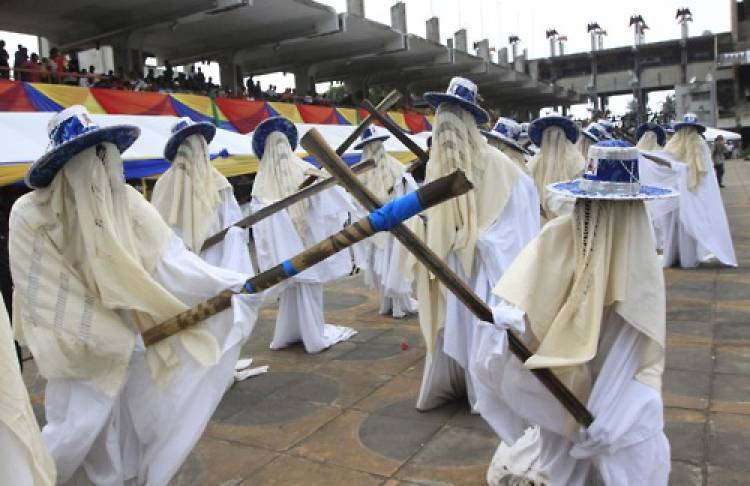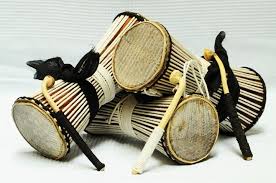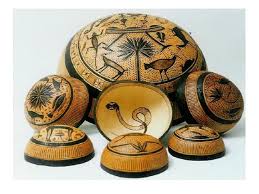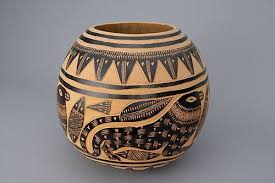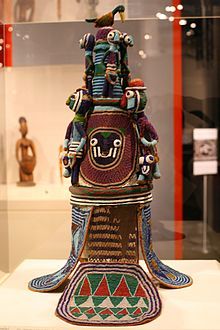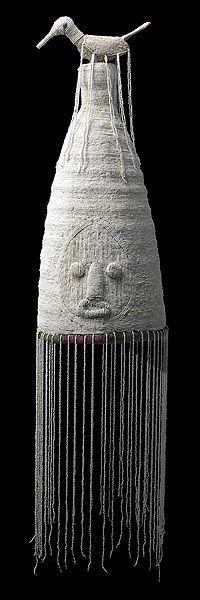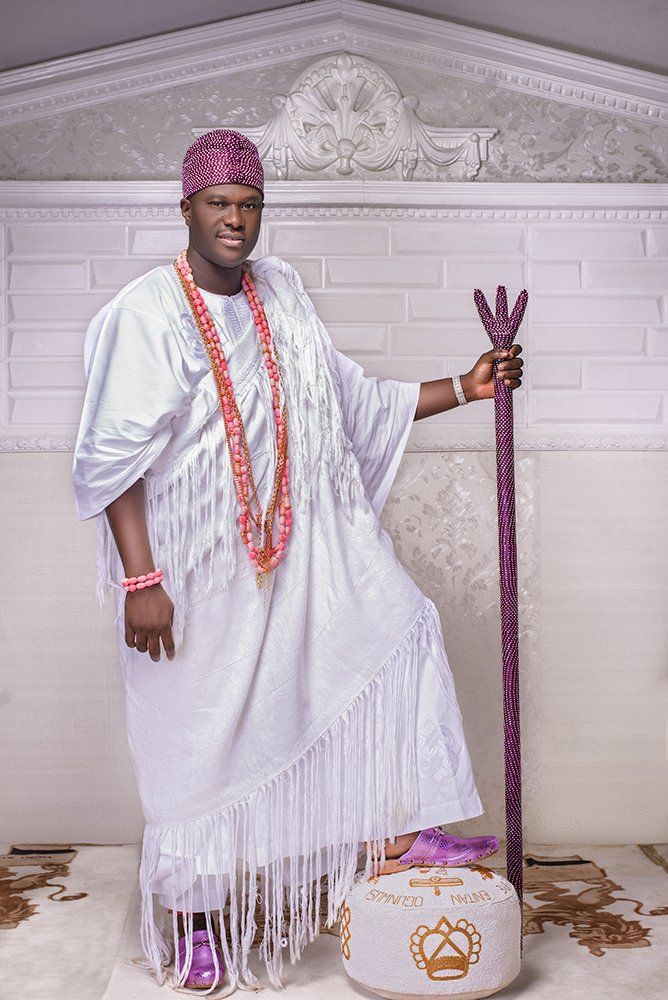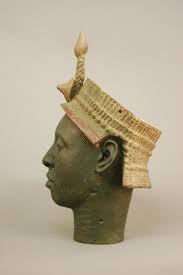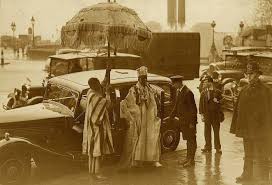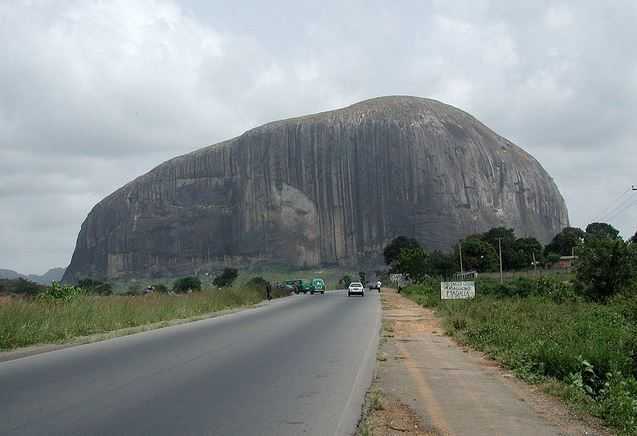the yoruba nation and language embody the rich cultural heritage and identity of OVER 49 million people globally. It gives meaning to their spoken and unspoken culture, rich history, cultural heritage, values and community. there is a lot to be proud of within the yoruba. here are some snippets of information about the yoruba people from both a chronological and contemporary perspective.
yoruba beaded crown
Yoruba rulers wear crowns on state occasions and during public functions. Most are cone-shaped, with forms or features built up, then embellished over the entire surface with beads of vibrant colours.. Beaded Yoruba crowns and other artefacts do not just signify high social status. Beads are considered sacred to the Yoruba, and only kings and priests powerful enough to span the boundary between the secular and the divine are allowed to wear them. The crown (or Ade) is the most important object in royal Yoruba regalia, and the right to wear one is limited to a small number of kings (Obas) descended from royal families. The beaded veil that hangs down from the head-dress is an important part of the crown. By covering the king's face, the veil downplays the king's identity as an individual and reinforces his role as divine leader. gele magic
A head tie is a women's cloth head scarf that is commonly worn in many parts of West Africa (notably Nigeria) and Southern Africa. The head tie is used as an ornamental head covering or fashion accessory, or for functionality in different settings. There are varying traditional names for headties in different countries, THIS ITEM SIMPLY ELEVATES ALL who don this attire accessory TO THE STATUS OF "A QUEEN", if in DOUBT, CHECK OUT THE SLIDESHOW PICTURES TO THE LEFT! ( i rest my case!)
In Nigeria, the head-ties are known as gele (a Yoruba-language word), and can be rather large and elaborate. Although the gele can be worn for day-to-day activities, the elaborate ceremonial ones are worn to weddings and special events. It is usually made of a material that is firmer than regular cloth. When worn, especially for more elaborate events, the gele typically covers a woman's entire hair as well as her ears. The only part exposed is her face and earrings on the lower part of her earlobes. The gele is accompanied by traditional local attire that may or may not have the same pattern as the headtie itself.
male and female Attire
In a typical Yoruba ceremony such as a traditional wedding, "Aso-Oke"
is the fabric of choice. It is the Yoruba ceremonial cloth of event status. It is considered the pinnacle of all fabrics for Yoruba. people on occasions like weddings, birthdays, celebrations of life of the deceased, chieftaincy title ceremonies, and any other important commemorations.
This "Aso-Oke"
is hand woven with special thread that has been soaked in home-made dye. That was before this age of new technology.
Women wear Iro (wrapper) and Buba (the top) with a matching head-gear (gele). For important outings, Yoruba woman will add a Shawl (Ipele/Iborun) always on the shoulder.
Men wear Agbada which is a four-piece male attire. It consists of a large, free-flowing outer robe (awosoke), an undervest (awotele), a pair of long trousers (sokoto), and a hat (fìla).
EXPERIENCE yoruba culture and LOVE IT
the yoruba
The term Yoruba describes a number of semi-independent peoples loosely linked by geography, language, history, and religion. The Yoruba of southwestern Nigeria and neighbouring Benin and Togo number over 49 million people.
Yoruba people originate from Yoruba land (Ile Yoruba), the cultural region of the Yoruba people in West Africa. They are predominantly settled in Cuba, Benin, USA, Brazil, Togo and Nigeria where they comprise 25% of the population and the Yoruba language, which is also spoken in Togo and Benin, is spoken mainly within these areas that comprise the western part of Nigeria. The strength of the Yoruba influence is easy to see in the daily life of Trinidad and Tobago, Brazil and Cuba centuries later.
Yoruba migration stories range far and wide, but one consistent affirmation is the centrality of Oduduwa. Odudua is regarded as the legendary progenitor of the Yoruba and every Yoruba settlement traces its origins to Ile-Ife in Osun state. There is a general commonality of belief amongst most Yoruba that they are descendants of Oduduwa. As such, Ile-Ife is regarded as the cultural, ancestral and spiritual homeland of the Yoruba nation, both within and outside of Nigeria.
yoruba culture websites
videos of momentous moments in yoruba history
Oba Adesoji Aderemi visit to London
Remembering Ooni Adesoji Aderemi
A History Of The Yoruba People
